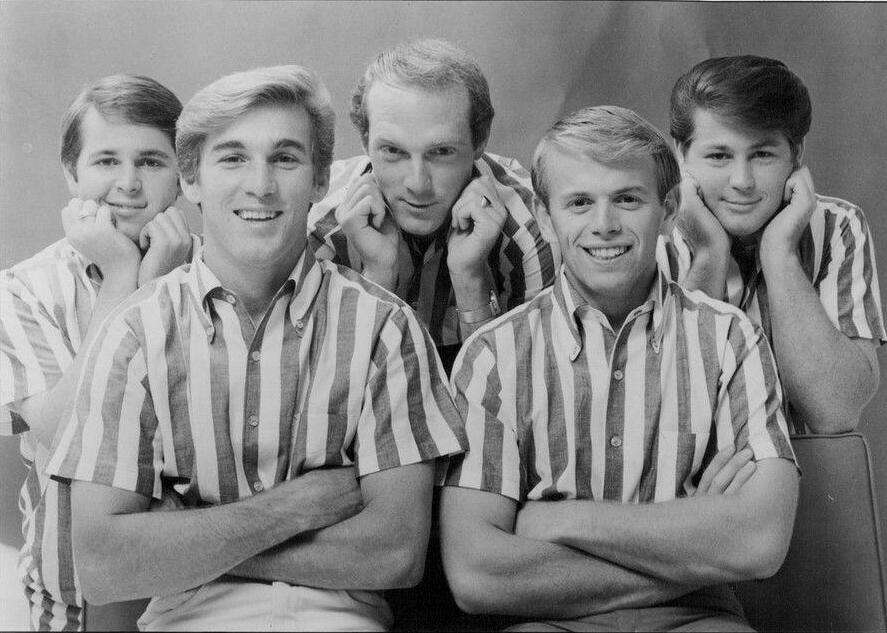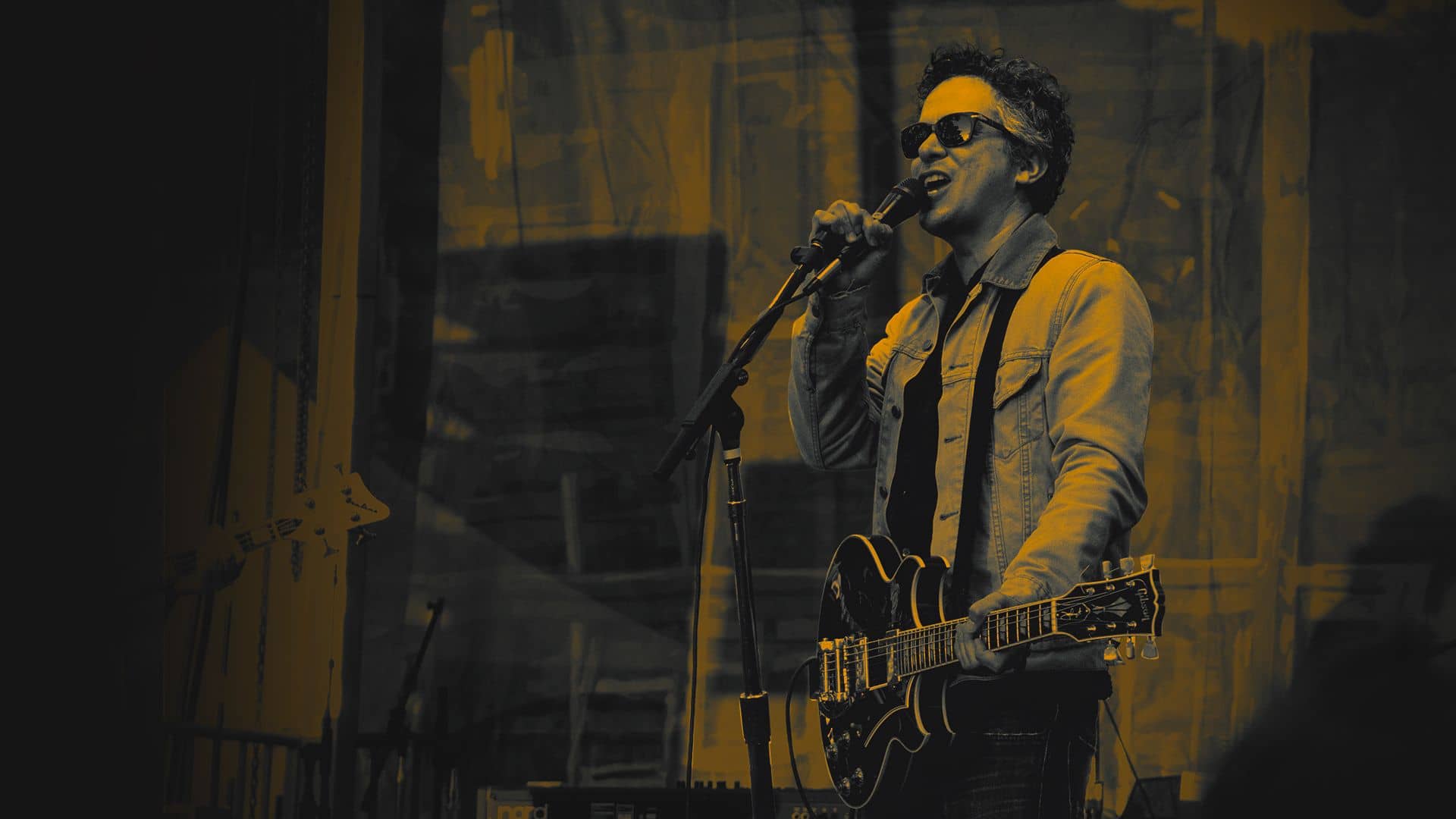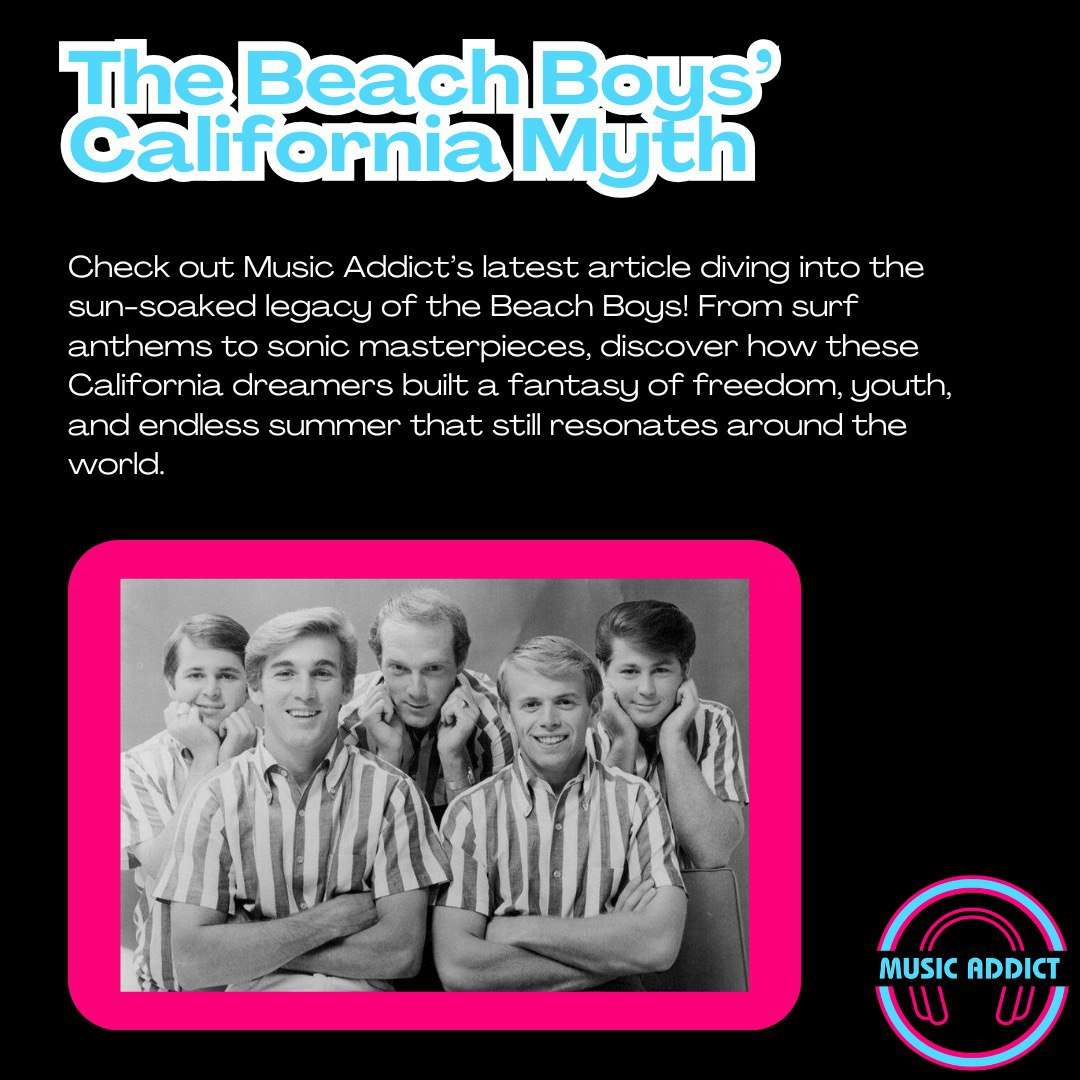
In the vibrant cultural landscape of the 1960s, few American bands molded the public’s imagination quite like the Beach Boys. With their rich harmonies and sun-soaked melodies, they didn’t just top the charts; they created a myth. This myth portrayed California as a paradise, youth as eternal, and freedom as a ride in a convertible along the Pacific Coast Highway. However, this dream didn’t remain within the United States. The Beach Boys became unexpected cultural ambassadors, sharing a vision of America filled with pastel convertibles, golden beaches, and endless summer days.
Let’s delve into how the Beach Boys crafted this fantasy, how it resonated globally, and why their harmonious vision continues to echo across decades and continents.
The Beach Boys Crafting the California Dream
The Beach Boys’ musical journey began in Hawthorne, California, in 1961. Brothers Brian, Carl, and Dennis Wilson, their cousin Mike Love, and friend Al Jardine formed a band that would quickly find a unique sonic identity. Their first hit, “Surfin’”, released in late 1961, was followed by a string of early ’60s singles that painted an irresistible portrait of teenage life in Southern California.
Songs like “Surfin’ Safari” (1962), “Surfin’ U.S.A.” (1963), and “Fun, Fun, Fun” (1964) offered snapshots of beach parties, convertibles, and sun-drenched high school romance. “Surfin’ U.S.A.” in particular is the perfect song to describe their whole aesthetic—it’s what most people think of when they hear the Beach Boys’ name, especially in their pre-Pet Sounds era. Even their Christmas track, “Little Saint Nick,” sounds like Santa Claus was catching waves in California, as if he was taking a sunny vacation from the North Pole. Their early catalog acted like a musical travel brochure to a carefree youth, laced with energy and innocence.
These songs were not documentaries; they presented idealized versions of reality. Despite their surf-themed imagery, only Dennis Wilson actually surfed. Brian Wilson, the group’s musical genius, had a well-known fear of the ocean. However, this disconnect didn’t matter. Brian’s orchestration of vocal harmonies and his remarkable ability to evoke nostalgia and emotional depth gave the songs an essence that transcended their subjects. The Beach Boys weren’t portraying a real California. They were creating the California that people wanted to believe existed. That would be a place that felt sunny, safe, and exhilarating.
Behind the scenes, Brian Wilson was revolutionizing pop music by drawing inspiration from jazz, classical music, and Phil Spector’s Wall of Sound to create something completely original. Even in their early surf songs, the sophistication of the arrangements and harmonies distinguished the Beach Boys from their peers. Their music was youthful yet possessed an unexpected depth, resonating with both the heart and the imagination.
The Beach Boys Exporting California to the World
The Beach Boys were among the first American bands to capitalize on global youth culture in the post-war era. As American influence surged internationally through media, fashion, and pop music, the Beach Boys became sonic ambassadors of the Golden State.
In Australia, where surf culture was already thriving, the Beach Boys found an eager audience. Their 1964 tour down under drew massive crowds and inspired a wave of local surf music. Radio stations in Sydney and Melbourne rotated their singles relentlessly, and Aussie teens imitated the California lifestyle with homegrown flair.
In Japan, their songs became symbols of Western glamour during a time of intense modernization. While the Beatles were exploding onto the Tokyo scene, the Beach Boys’ more optimistic and melodic tunes offered an alternative sense of cool. Local surf bands emerged, blending traditional Japanese melodies with surf rock guitars, reflecting a cultural hybridization.
In Brazil, where bossa nova was the national soundtrack, the Beach Boys’ sunny melodies found fans among both pop listeners and avant-garde musicians. Brian Wilson’s experimental songwriting influenced artists like Caetano Veloso and Gilberto Gil. The harmony-rich sound of the Beach Boys even influenced the development of Brazilian Tropicália, a movement that similarly fused genres and cultures.
Their brand of American optimism, framed through surfboards and falsetto harmonies, resonated even in places with no surfing tradition. Their version of California became a metaphor for freedom and endless possibility. This idealization took on a life of its own, evolving as it passed through different cultures. Each country remixed the Beach Boys mythos to fit their narratives of youth and aspiration, creating localized versions of the endless summer.
The Beach Boys’ Performance Identity and Visual Evolution
Where Elvis had rhinestones and Bowie had alter-egos, the Beach Boys’ visual identity was more subtle but no less telling. Their early look, which was matching striped shirts and clean-cut haircuts, was carefully curated to appeal to a wholesome American teen image. They appeared approachable, like the boys next door who just happened to harmonize perfectly.
But as the 60s turned psychedelic and the band matured, their appearance and stage presence evolved. Albums like Pet Sounds (1966) and Smiley Smile (1967) pushed the boundaries of pop music, but the band still had to balance experimental studio work with the expectations of audiences wanting “Surfin’ U.S.A”. The tension between innovation and nostalgia became a defining element of their live shows.
By the 70s and 80s, their image shifted again. Now in suits and blazers, they performed for multi-generational audiences at fairs, festivals, and cruise ships. Some critics derided this phase as nostalgia-peddling, but for many fans, the Beach Boys provided a living connection to a cherished past. They became avatars of continuity in an era of constant change.
Their ability to adapt visually and sonically while still anchoring themselves in a core identity is what allowed them to survive decades of shifting musical trends. Rather than reinvent entirely, they performed continuity—an ever-changing performance of a dream that still had resonance. Their evolution wasn’t about radical transformation but about reframing the same myth in new clothes.
Nostalgia as a Superpower
In 1974, Capitol Records released Endless Summer, a compilation album of the Beach Boys’ early hits. It unexpectedly soared to No. 1 on the Billboard charts and remained there for 155 weeks. For a generation shaken by Watergate, the Vietnam War, and economic uncertainty, the Beach Boys offered a return to innocence. Their music became a balm, a reminder of simpler times.
This commercial rebirth was more than a second wind; it was a cultural revelation. Nostalgia wasn’t a trap; it became their superpower. Even as newer acts pushed forward with edgy sounds and rebellious themes, the Beach Boys leaned into their legacy with grace. They weren’t just playing old songs; they were evoking timeless emotions.
Brian Wilson, after years of personal struggle, would eventually release “Brian Wilson Presents: Smile”. This was a revival of the lost album he began in 1966, and released a revamped version of it in 2004 to critical acclaim. It was a triumph not only of musical genius but of emotional reconciliation—a reconnection with a younger self, a lost dream finally realized. For fans, it was the musical equivalent of finding buried treasure.
Their embrace of nostalgia wasn’t about living in the past. It was about preserving the best parts of it—and finding new ways to make it relevant. Whether heard on vinyl, cassettes, CDs, or Spotify playlists, the Beach Boys’ catalog continues to offer comfort, joy, and beauty.
The Beach Boys’ Legacy and Global Cultural Resonance
The Beach Boys’ influence is inescapable. Their harmonies influenced everyone from the Beatles to Fleet Foxes. Paul McCartney has called Pet Sounds one of his favorite albums of all time. Contemporary indie acts still cite Brian Wilson as a primary influence. Their vision of California helped brand a state and a lifestyle for the world.
Today, their music appears in films, television, advertisements, and video games. Young artists like She & Him (Zooey Deschanel and M. Ward) have paid tribute through cover albums. Surf fashion, skate culture, and even environmental surf activism carry echoes of their sun-soaked mythology.
More than sixty years after their first single, the Beach Boys remain cultural shorthand for joy, freedom, and harmony. Their legacy is not just preserved in museums and retrospectives but in every long drive, summer barbecue, and beachside sunset scored by their music. Even as generations pass, the dream they sang of still matters.
They helped define a century of sound, not by chasing trends but by creating a timeless one. Their harmonies, their melodies, and their mythology continue to ripple outward like waves across a sunlit ocean.
Conclusion
The Beach Boys didn’t just write songs about California—they invented it. Their fantasy of the American West Coast, layered with optimism, yearning, and golden harmonies, became an enduring cultural artifact. Though their journey was marked by evolution and reinvention, they never stopped being custodians of a dream that belonged to millions.
In a world often clouded with cynicism, the Beach Boys remind us of the power of dreaming out loud. Their melodies carry not only the sound of waves and engines revving. They carry the timeless echo of youth, hope, and the mythic glow of an endless summer. More than a band, they became a vision. They were a vision that still makes hearts race and spirits lift, wherever there’s sun, surf, or the longing for something brighter.

